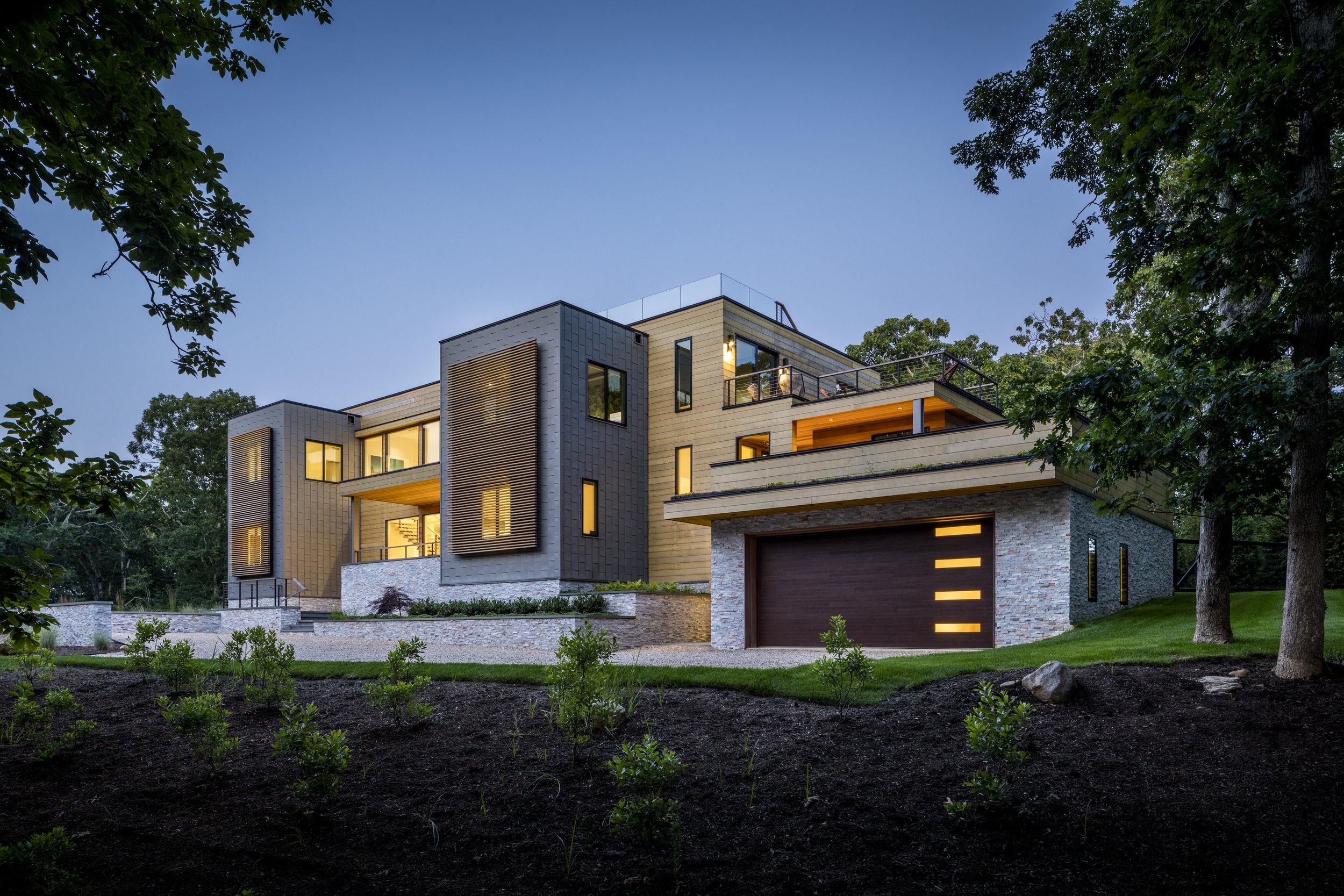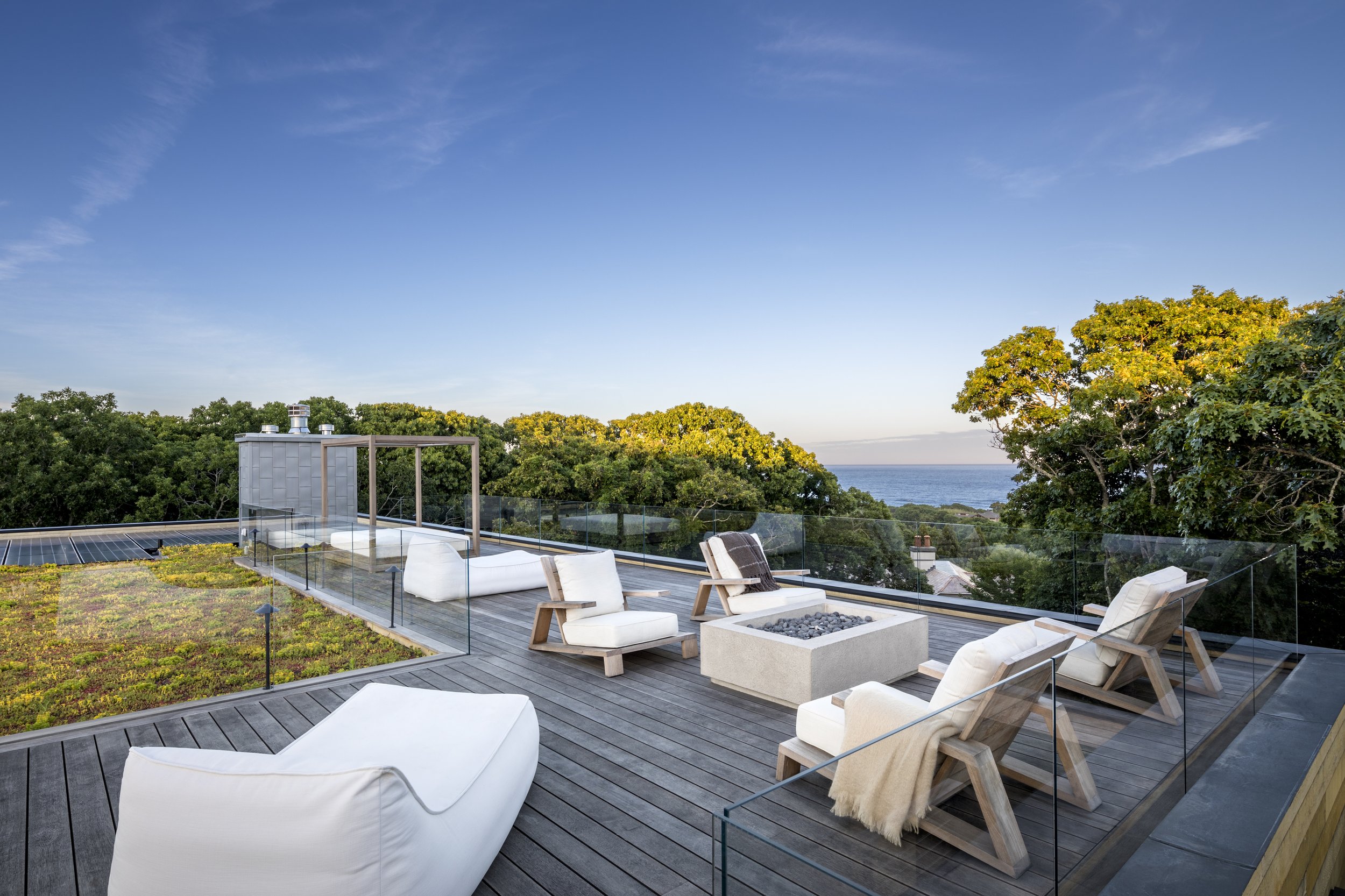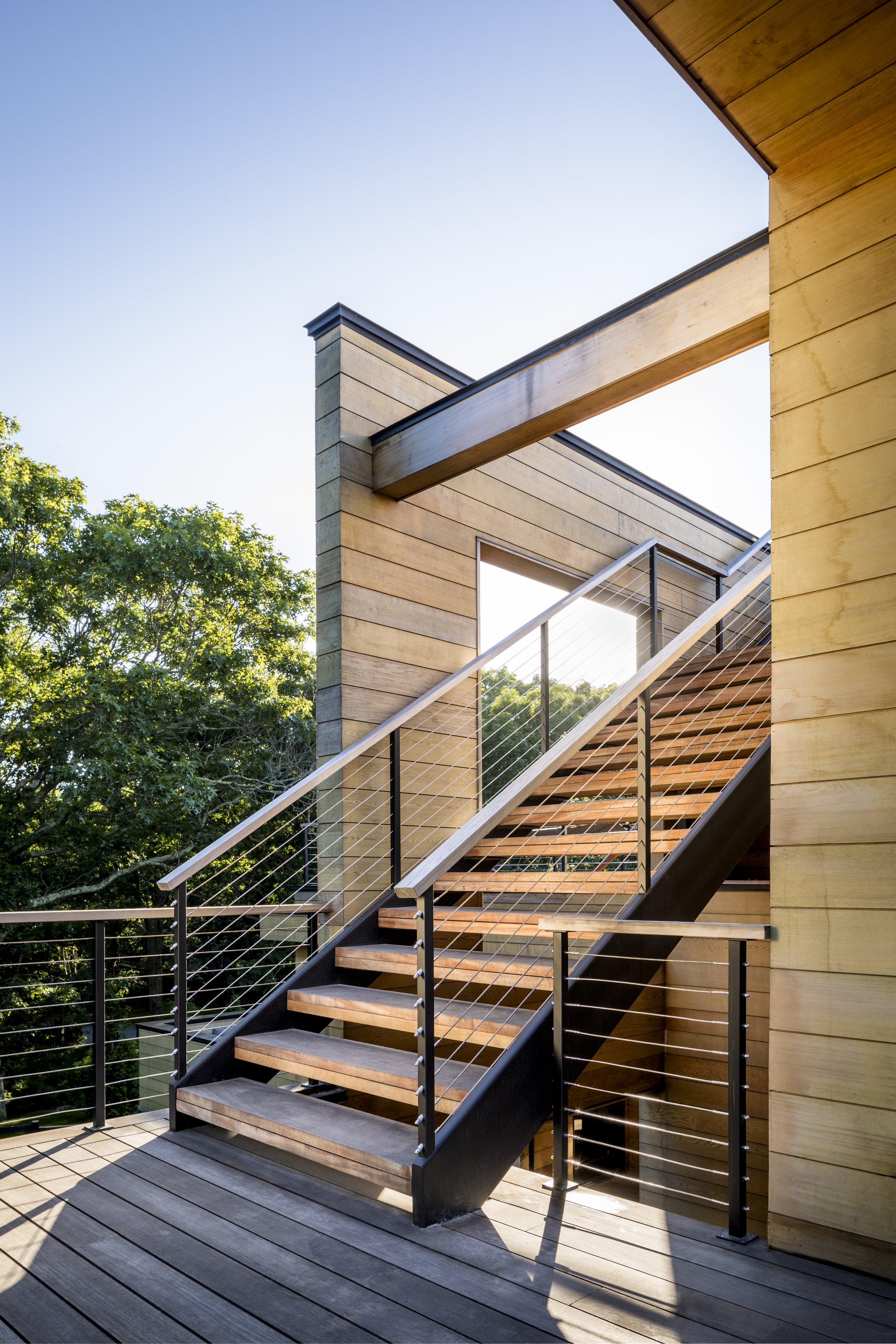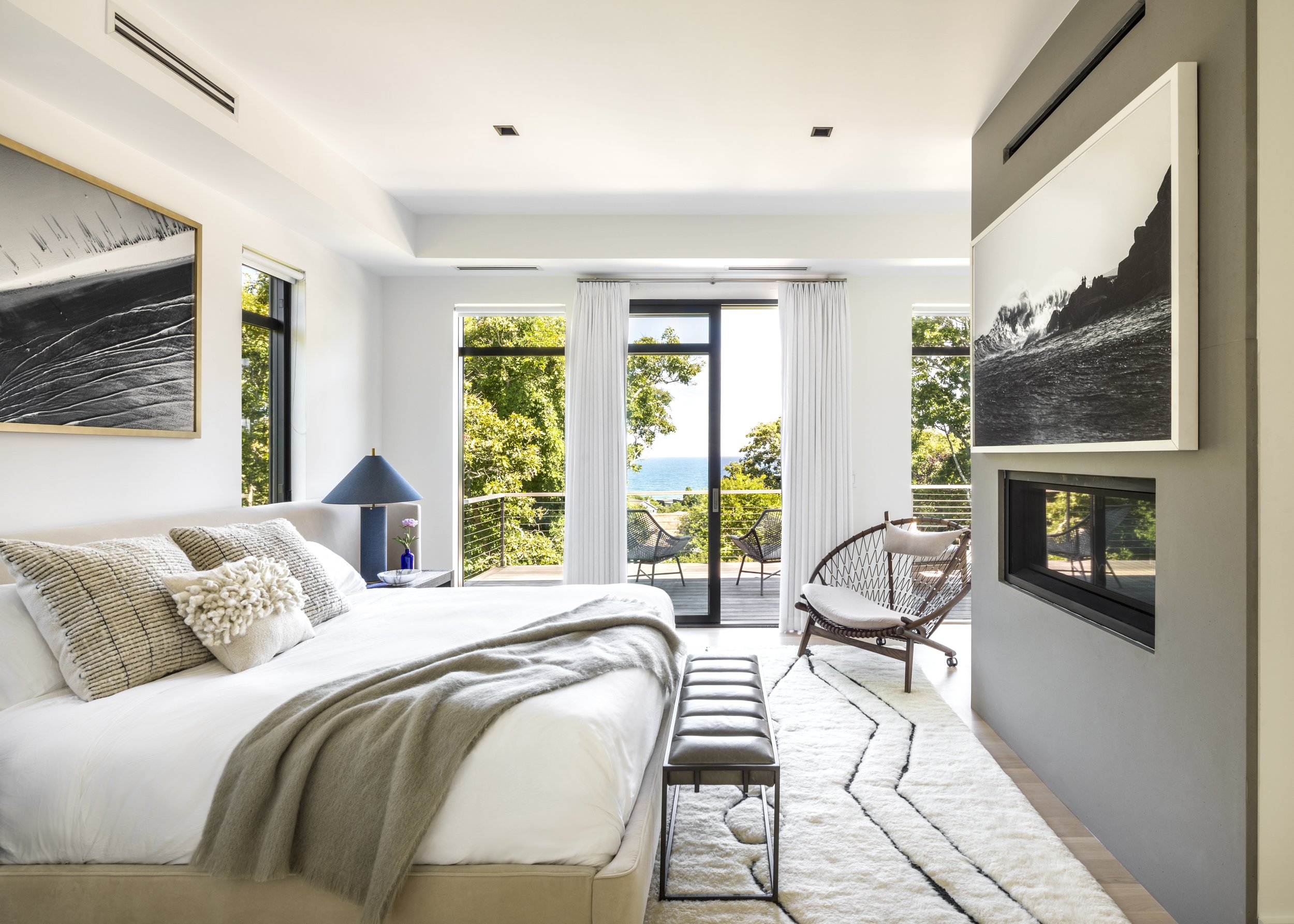Integration with site: building within landscape
Montauk Residence
How does an architect create something new while respecting, honoring, and integrating within the existing landscape? One of the most important considerations within the field of architecture is the built environment's relationship with the earth. Embedded within the earth are histories of the natural environment, indigenous inhabitants and cultures, and living ecosystems. When architects intervene with a human-built structure, it inherently becomes one with the earth’s landscape. Therefore, designers gain a responsibility to the landscape and its living history of environmental experiences.
Respecting the earth: embedded histories and ecologies
One can think of the earth as an ongoing documentation of living experiences: the living experience of humans, animals, and nature, all interacting within this shared physical environment. Such rich intersections, knowledge, and histories are embedded within the earth's landscapes: how they embody these past anthropological narratives as well as the living ecological community.
Montauk Residence
The intersections of previous cultures, indigenous inhabitants, natural ecosystems, and living resources all contribute to the narrative experience of landscapes. This experience captures how the land has been lived in the past, what, and who belonged there. Therefore, it is critical to carefully recognize, understand, and consider these living histories when intervening the earth with our built infrastructures.
Sustainability and landscape
Beyond embodying anthropological histories that must be respected, landscapes also contain the living ecological community. The earth provides life for abundant animals, plants, and resources that must be protected. The environmental sustainability of our buildings is fundamental in efforts not to harm the earth's livelihood. The built environment currently generates nearly half of the greenhouse gas emissions that drive the earth's climate change, destroying the earth's ecosystems. This makes the sustainability practices in the built environment crucial to maintaining the earth's biosphere, living resources, and livelihood. Limiting our anthropological effects on the environment is essential to maintaining an ecological balance in our planet's natural environment.
Spatial integration: designing an environmental experience
Montauk Residence
Expanding on conserving, cherishing, and respecting the earth, a building's spatial implications on its site topography is also a significant design component. Within this spatial integration, the building's interior space supplements the surrounding environmental experience; they work in symbiosis. This symbiotic relationship should be thoughtfully considered in every aspect of the intersection of the built and natural environment: spatially, ecologically, and experientially.
The development of an environmental experience in synthesizing the building and landscape is essential to articulating views, exposures, contexts, and orientations. The spatial integration of building and landscape creates a new lived experience within the environment.
Case Study: Montauk Residence
In emphasizing the importance of sustainability and respect for the surrounding environment, we constantly keep these critical narratives and intersections in mind within our own design projects. A closer look at one project specifically: the Montauk residence embodies this seamless integration of landscape, sustainability, and built environment into one. The Montauk residence is designed to optimize views, orientations, and sustainability by thoughtfully integrating within the coastal fabric. The multi-gathering, 5-bedroom program utilizes complex vertical and horizontal spatial relationships to synthesize site topography and create broad-view exposures to its beautiful surroundings. With an expansive green-roof terrace, large solar array, high-performance exterior envelope, and passive shading elements, the project incorporates several sustainable design elements to the spatial design of the site-building relationship. The strategic and sensitive site design limits disturbance to the existing landscape while articulating a beautiful language of views to the surrounding context.








